The Bali duck is an endangered, lightweight breed of duck that is something like a cross between a Runner and a Crested duck, having the Runner’s “bowling pin” shape, but with a fuzzy tuft on the back of their head, about the size of a golf ball, like a Crested duck. They can also be called the Balinese Crested Duck or the Crested Runner Duck.
They have been raised in Bali for at least two thousand years, as evidenced by stone carvings in temples showing images of ducks with an extremely upright carriage. They were imported from Malaysia into the UK in 1925 and were standardized in 1930. Nevertheless, they remain extremely rare outside Bali.

Photo used with permission from avicoliornamentali.it.
They are mainly an ornamental breed due to their unique, eye-catching appearance, but can be used for eggs as well. They lay approximately 120-150 eggs a year and weigh 4-5 pounds. They don’t fly, are good foragers, and are usually poor mothers. Most Bali ducks are white, although brown and Mallard-type coloring also exists. They always have a solid upright stance of 60 to 70 degrees above horizontal (thus differing from the Indian Runner, which has much more variability of body carriage and is not always perfectly upright). The Bali also has a slightly heavier frame and wider shoulders than the Indian Runner.
Breeding the Bali duck is difficult. For one thing, it’s hard to breed birds with a correctly positioned crest. Many individuals have crests that are too large, not round, not centered, or too far down the neck. Even worse, the gene for the crest is actually a lethal gene, so a good portion of Bali ducklings die before hatching due to skull deformities. This is because the crest is literally caused by a hole in the skull, so the slightest variation in the hole can be lethal. Some also have back and balance problems or arched necks. To reduce mortality rates, Bali breeders usually cross a crested bird to a non-crested bird. The offspring will be much more likely to be healthy, but only 50% will have crests. Even when breeding a crested duck to a crested duck, not all the offspring will have crests.
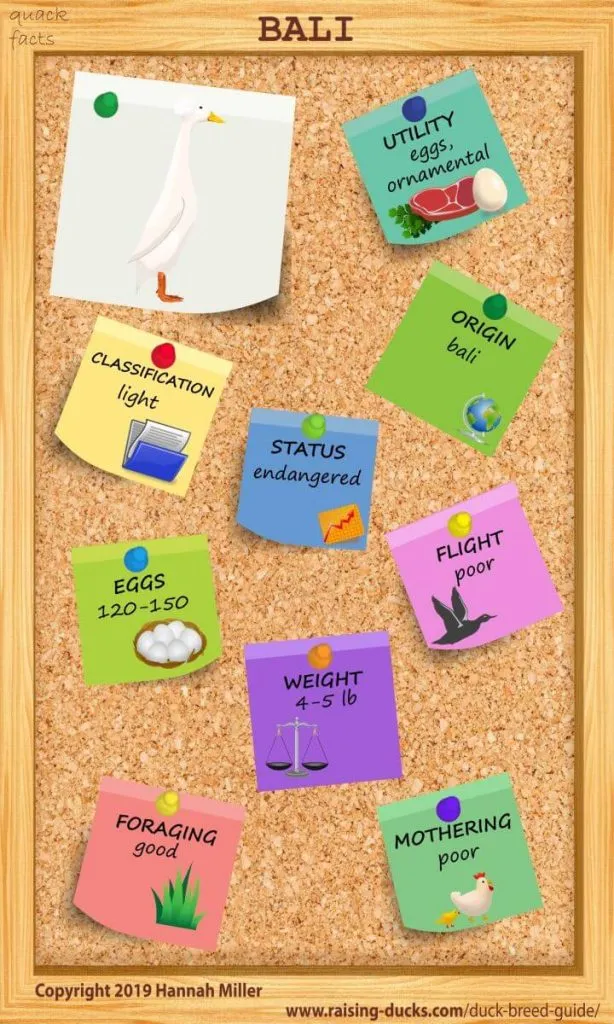
Featured image at the top of the page used with permission from avicoliornamentali.it.
PHOTO AND VIDEO GALLERY
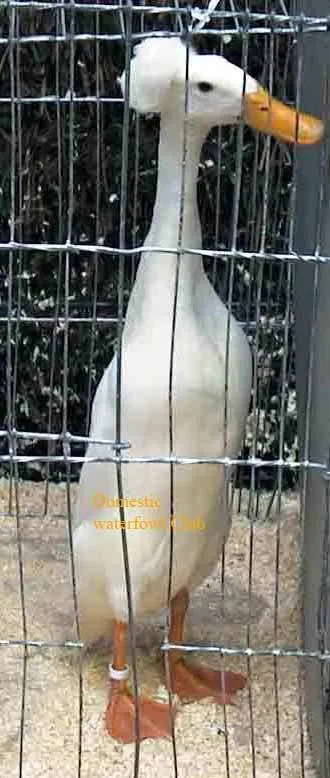
A Bali duck at an exhibition. Photo courtesy of The Domestic Waterfowl Club of Great Britain.

Photo used with permission from avicoliornamentali.it.
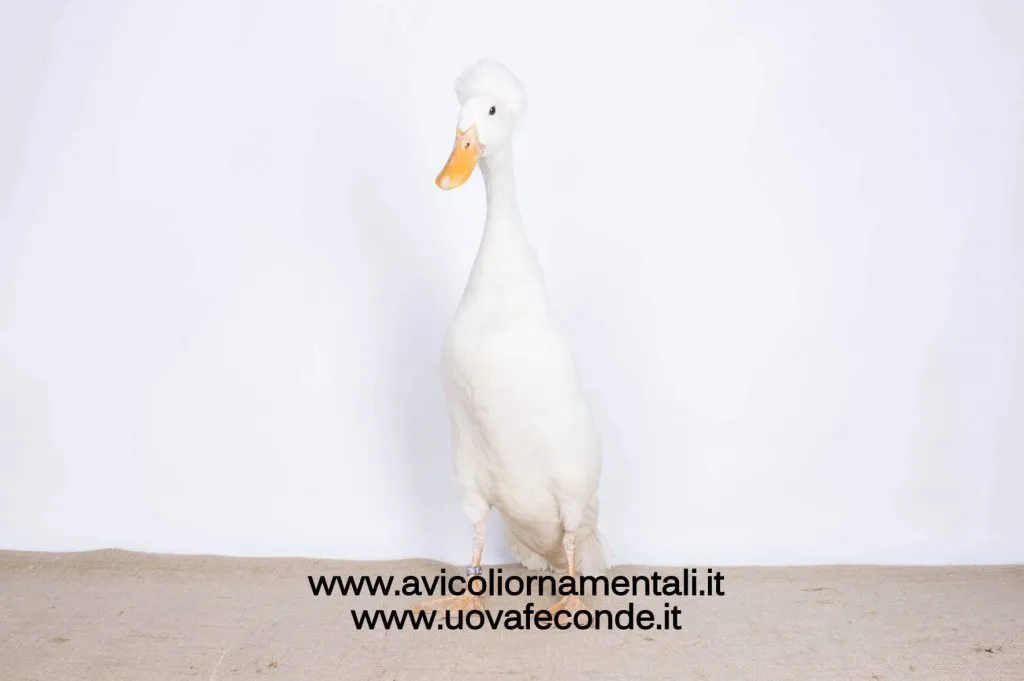
Photo used with permission from avicoliornamentali.it.

Photo used with permission from avicoliornamentali.it.
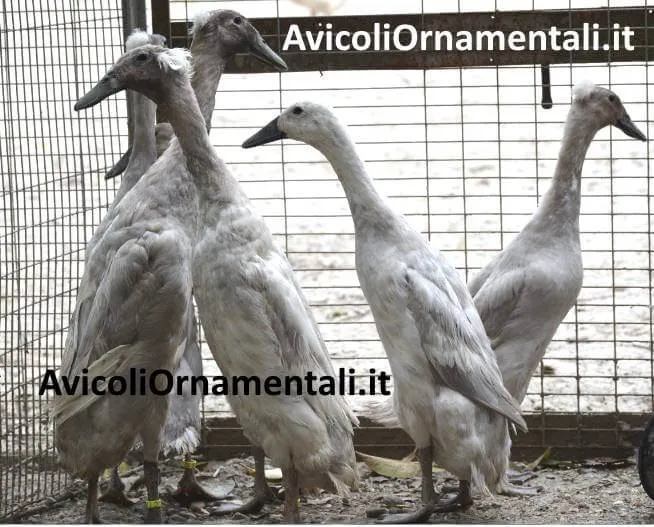
Photo used with permission from avicoliornamentali.it.
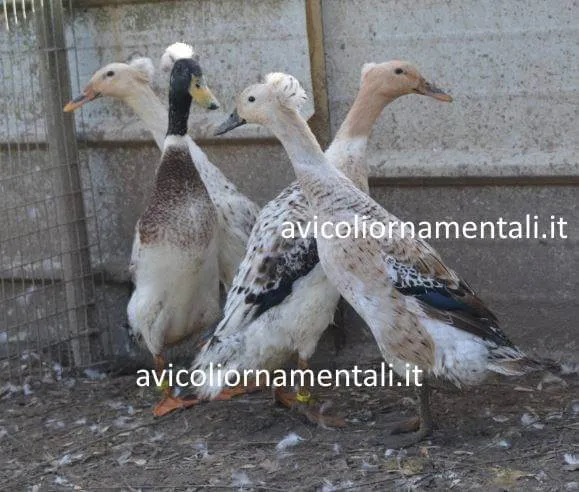
Photo used with permission from avicoliornamentali.it.
Leave a comment
Your email address will not be published.